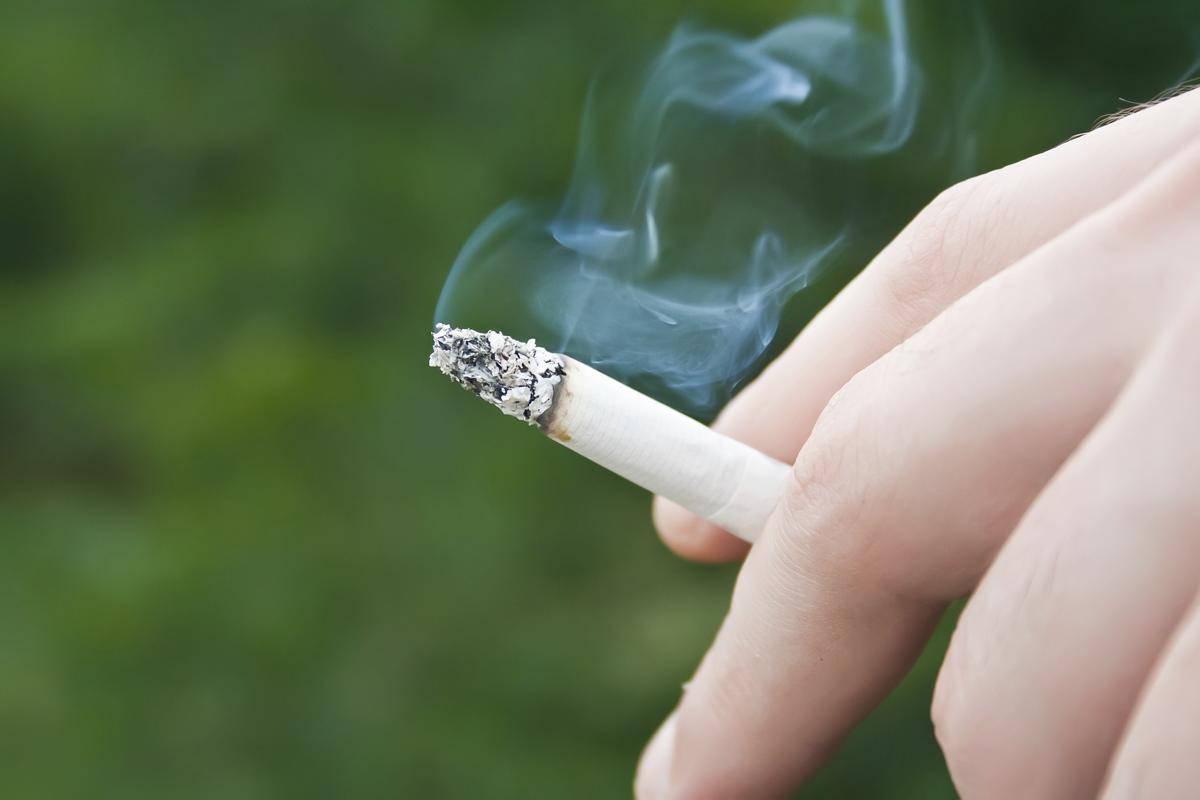
Habitual smokers are at an increased risk of developing a progressive lung disease called emphysema. This write-up provides information about this medical condition.
Emphysema is a type of chronic obstructive pulmonary disease (COPD) that is associated with irreversible change in the lining of the alveolar sacs in the lungs. As we inhale, the air is carried to the lungs through bronchi or the branches of trachea. Within the lungs, bronchi get divided into several smaller airways called bronchioles. Alveoli lie at the end of bronchioles. These are clusters of tiny air sacs. The transfer of oxygen and carbon dioxide takes place in the small blood vessels present within the alveolar walls. When we breathe, these air sacs inflate and deflate due to the presence of elastic fibers. In the early stages of this condition, the bronchioles get inflamed and this restricts the amount of air flowing into the alveoli. The elasticity in the alveolar walls also gets diminished. As this disease progresses, these alveolar walls and the capillary blood vessels that run within these alveolar walls get damaged.
Symptoms and Risk Factors
The damage to the walls and elastic fibers reduces the amount of amount of air inhaled, due to which the amount of oxygen reaching the lungs also reduces. Due to the damage to the elastic fibers, the patient will have to force air out of the lungs while exhalation. This leads to the shortness of breath. The damage to the alveolar walls can be caused due to smoking, airway reactivity, and the deficiency of an enzyme called alpha-1-antitrypsin. Tobacco smoke paralyzes the cilia that line the bronchial tube, thereby allowing germs to enter the alveoli. This causes inflammation of lung tissue and damage to the elastic fibers.
Smokers are definitely at an increased risk of developing this illness. Though the symptoms might not be very conspicuous in the initial stages, affected individuals might later experience shortness of breath, chest congestion, mild or chronic cough, and wheezing. The disease progresses at a slow pace and if the person continues to smoke heavily, other symptoms might appear. In the later stages, the affected individual might develop a ‘barrel chest’ and will find it hard to indulge in physical activity. Affected individuals might even experience breathing problems while consuming food. This could lead to a loss of appetite, which in turn may cause one to lose weight.
Treatment
Since smoking is one of the major contributing factors for emphysema, one must quit smoking to prevent this condition. In case of people who have already been diagnosed with this disease, giving up this habit might help slow down the progression of this lung condition. It is advisable to minimize one’s exposure to environmental pollutants. Since this condition inhibits proper air exchange and causes shortness of breath, the use of bronchodilaters might prove beneficial. These medications facilitate better air exchange and allow the air passages to open fully. Supplemental oxygen might be required in severe cases. Antibiotics and steroids might be prescribed to treat emphysema associated with asthma and bronchitis. Performing certain breathing exercises might also help.
If you are a smoker and have been suffering from the aforementioned symptoms, you must get yourself medically examined at the earliest. Chest X-ray, pulmonary function tests, arterial blood gases analysis, and sputum analysis are some of the diagnostic tests that are conducted to diagnose this condition.
Disclaimer: The information provided in this article is solely for educating the reader. It is not intended to be a substitute for the advice of a medical expert.


